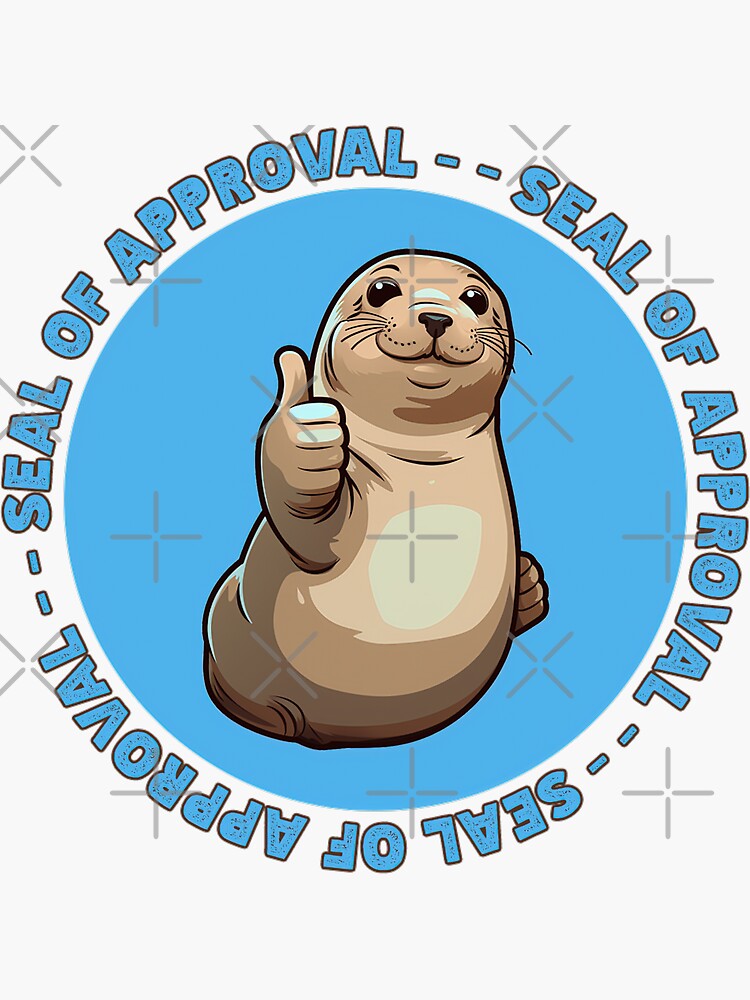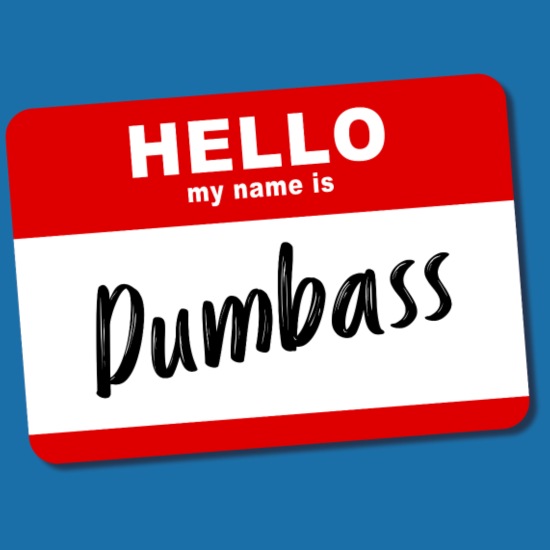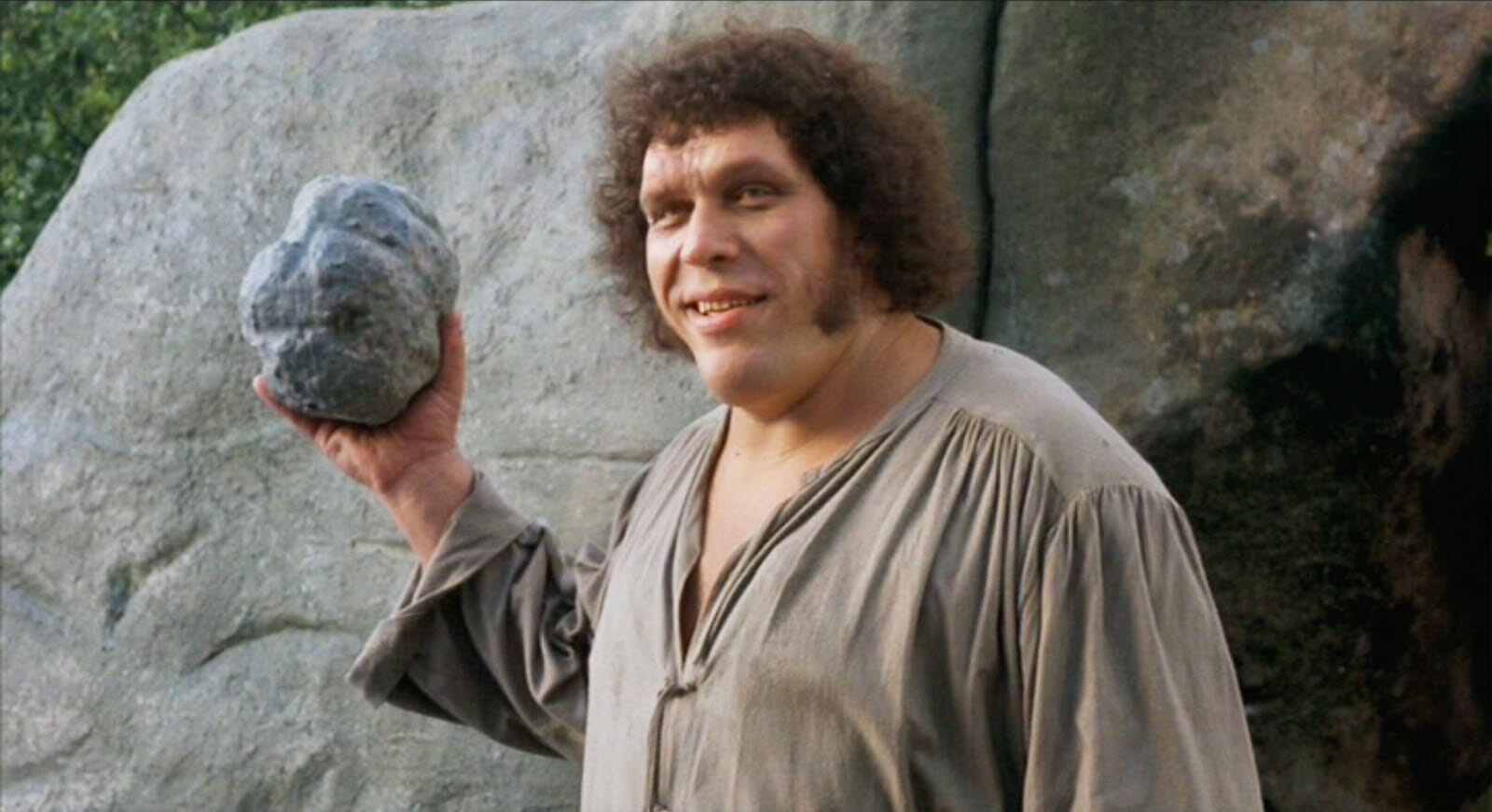- cross-posted to:
- [email protected]
- cross-posted to:
- [email protected]
But these won’t have the Nintendo Seal of Quality
We can use this instead:

The Machine is better than a lot of that stuff lol
So fucking good I bought the physical copy and played through like 30 times after buying the rom. It kinda spoiled me because I haven’t been able to find another new GB game of that quality since, even from that same developer.
Yeah I feel the same. Have you played possum country?
No, I’ll have to check that one out, thanks for gf recommendation!
That was only during a period of high rate counterfeit games being sold around for cheap. This isnt happening anymore because, well, digital piracy.
The Nintendo Seal of Quality is still put on Nintendo games.
My physical copy of Doki Doki Literature Club Plus on Nintendo Switch has one on the back of the box next to the barcode.
I thought they dropped “quality” years ago.
The word perhaps, but the seal is identical in design, color, and function. I believe now it just says “Official Nintendo Seal” which doesnt much change the function except they can’t be sued for licensing bad quality games I guess? Fits in with their anti-consumer theme though.
That’s actually the certificate of ownership, just in case you buy it and think it’s yours
Maybe we’ll get a sequel to Lee Carvalo’s Putting Challenge II.
May I suggest a feather touch?
You have selected: POWER DRIVE
dang
*Ominous rumblings of the horde of Nintendo lawyers being summoned.*
Nintendo cease and desist (or worse) in 5… 4… 3…
It’s not illegal or anything to develop games without the permission of the console manufacturer. The NES had a 40kb game release in 2019 called Micro Mages. The developers are entirely in the right.
Illegal to develop for? No.
Illegal to bypass security mechanisms? Gray area. Courts typically side against the hackers, historically.
Illegal to display trademarked material? Yes.
The NES has defeatable copy protection which led to a decent dev scene that could ‘legally’ publish games. The game boys copy protection is interesting in how they approached it:
https://piped.video/watch?v=ix5yZm4fwFQ
Basically the catch is you either have a hacked cart or display Nintendo’s logo … so they can go after you either way.
I watched the video that you linked to, and it was very interesting! I’d never thought about exploiting the possibility of double-dipping the logo. It simply wouldn’t have been practical back in the day. However, there are two important facts that change the situation a bit.
(EDIT: I’ve left the following discussion of logo checksums intact, but I kept digging and found what is claimed to be a dumped and disassembled copy of the OG GameBoy boot ROM, which does include a byte-for-byte check of the logo data. Colour me surprised! I was interested in GBA homebrew back in the day and I’d swear that I saw a dumped GB boot ROM that only calculated a checksum. Also, those cartridges with the non-standard logos? I own them. Unfortunately I can’t get my hands on them right now, but I saw them with my own eyes. If it wasn’t just fooling a checksum, then I don’t know what the deal was there, especially the carts with “garbage” logos. Not to mention that as I said, I don’t think it was practical to do a bait-and-switch in a retail cartridge back in the day.)
(EDIT 2: Yes, I’m still reading about this! It seems like the bait-and-switch was feasible back in the day. Some publishers used special mappers, while others apparently redirected address lines with carefully-chosen capacitors, which seems delightfully hackey to me.)
First, neither the OG nor the Color GameBoy have a complete copy of the Nintendo logo stored in their boot ROM. Instead, the boot code calculates a checksum of the cartridge’s logo data, and compares that to a stored checksum of the official logo. If the checksums match, the check is passed. There are unofficial cartridges which boot just fine by having “garbage” logo data that passes the checksum test. I have even seen one company that took the time to come up with a different recognizable logo that still passed the check. The lettering looked weird, but you can read it.
By the time the GameBoy Advance came around, ROM was cheap enough to include a complete copy of the official logo and compare it byte-for-byte, so they did.
Second, Sega tried a similar tactic on some of their consoles: The boot rom contained a routine which would display a screen claiming that the software had been produced by or under license from Sega Enterprises. If the code on the cartridge/disc didn’t call that routine fairly early, the boot ROM would cause the console to lock up. The idea was that if software had to call that routine, Sega could sue unapproved publishers for claiming to be licensed when they weren’t.
Unfortunately for Sega, the US courts ruled (Sega vs. Accolade, 1992) that since it was impossible to run software on the system (which the court upheld that Sega had no right to block, ah the days before DMCA) without calling this routine, that unlicensed publishers couldn’t be said to be wilfully claiming licensing rights from Sega; they were just calling a routine that was necessary to make the console work. The fact that Sega had attached this licensing screen to it was immaterial.
No doubt Nintendo’s legal team would go after anyone who tried this on one of their systems, either under DMCA somehow, or even simply on the premise of being able to bankrupt their opponent with requests and delays before ever making it to trial. But I suspect (I am not a lawyer) that technically, anyone putting a Nintendo logo in a GB cartridge could claim the 1992 case as a precedent.
Homebrew seems to be fair game.
It depends on a few factors, but in general yes. The issue is how it gets on the system. Nintendo is staunchly against emulation and has also gone after people who bypass their game systems security. They have a rabid pack of lawyers and the company is more than willing to use them.
Play Gameboy games in your browser
Pretty sure some of these are not made by Nintendo.
meh, im discouraged to pay money to nintendo anything because they will use that money to take out each and every fan project i like. currently blasting through pokemmo before the inevitable c&d then bye.








